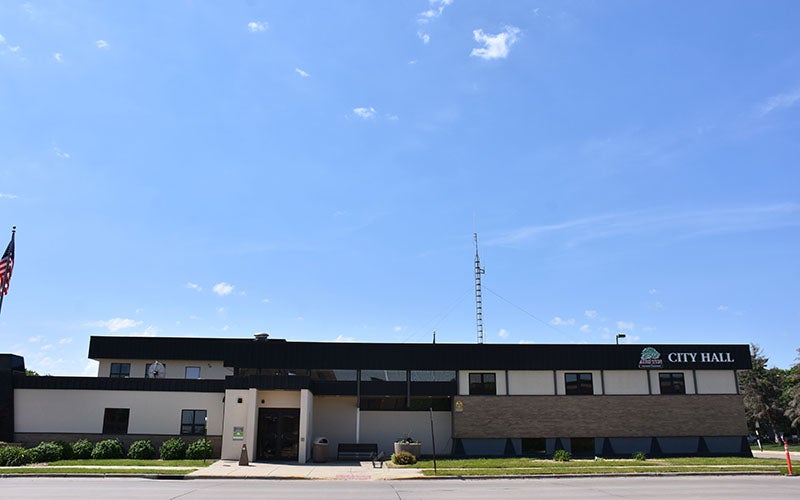DNR seeks $130M to preserve state park and other facilities
Published 11:42 am Saturday, March 31, 2018
MINNEAPOLIS — Jay Cooke State Park in northeastern Minnesota has had no running water since its water main failed last fall, forcing officials to close all the bathrooms with flush toilets and to direct visitors to outhouses.
Blue Mounds State Park in the southwest corner of the state hasn’t had drinkable water or showers since 2014 because its main well is contaminated with bacteria.
Those are just some of the reasons why the Department of Natural Resources is asking the Legislature for $130 million for asset preservation projects statewide as part of Gov. Mark Dayton’s $1.5 billion package of public construction projects. The agency says the list of urgent repairs needed at its facilities just keeps growing.
“We have a huge need to take care of what we have,” DNR Commissioner Tom Landwehr told reporters during a visit to Jay Cooke State Park this week to highlight the needs. “The DNR has about 3 billion dollars’ worth of assets. We’ve got a backlog of maintenance of about 370 million dollars.”
Landwehr spoke in front of a portable toilet that park managers brought in when the water main failed. All the park’s drinking fountains have been shut off. Even if the bathrooms and showers were working, the broken tiles and peeling paint would make them unattractive. The shingles on a picnic shelter are crumbling.
The problem is bigger than just state parks, DNR capital investment director Kent Lokkesmoe said in an interview Friday. It also includes dilapidated roofs and failing mechanical and utility systems at DNR buildings statewide, as well as washed out roads and culverts, and aging dams.
At Itasca State Park, where the Mississippi River begins its 2,552-mile (4,107-kilometer) journey from northern Minnesota to the Gulf of Mexico, the sewage lagoon needs replacing to bring it into compliance with clean water standards, he said.
The DNR’s trout hatchery in Lanesboro in southern Minnesota needs reconstruction, he said, because some of its rusty steel beams are in very poor condition, some of the corridors are too narrow for modern equipment, and the ventilation system needs upgrading because of high radon levels coming from the water.
Sakatah Singing Hills State Trail near Mankato, where the Big Woods once gave way to the vast prairie, is in the process of rebuilding 7 miles (11 kilometers) where the pavement is in such bad condition that bicyclists have stopped riding on it or switched to a nearby highway, he said. Culverts and bridges along the way also need repairs.
The DNR projects on Dayton’s list flow from the agency’s 10-year capital assets preservation plan. The plan and supporting documents say 192 of the 2,700 buildings it owns are in crisis or unacceptable condition, and another 520 are in poor condition. A DNR map shows they’re scattered fairly evenly statewide. The plan, which puts the total 10-year need at $1.5 billion, seeks to bring all of them up to good or better condition.





